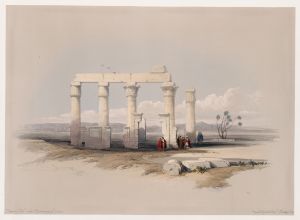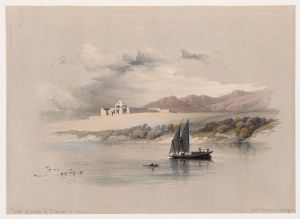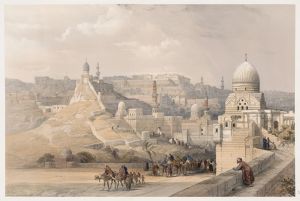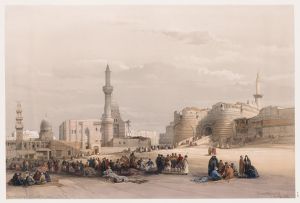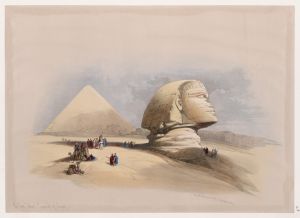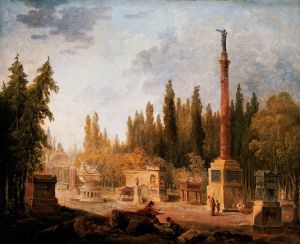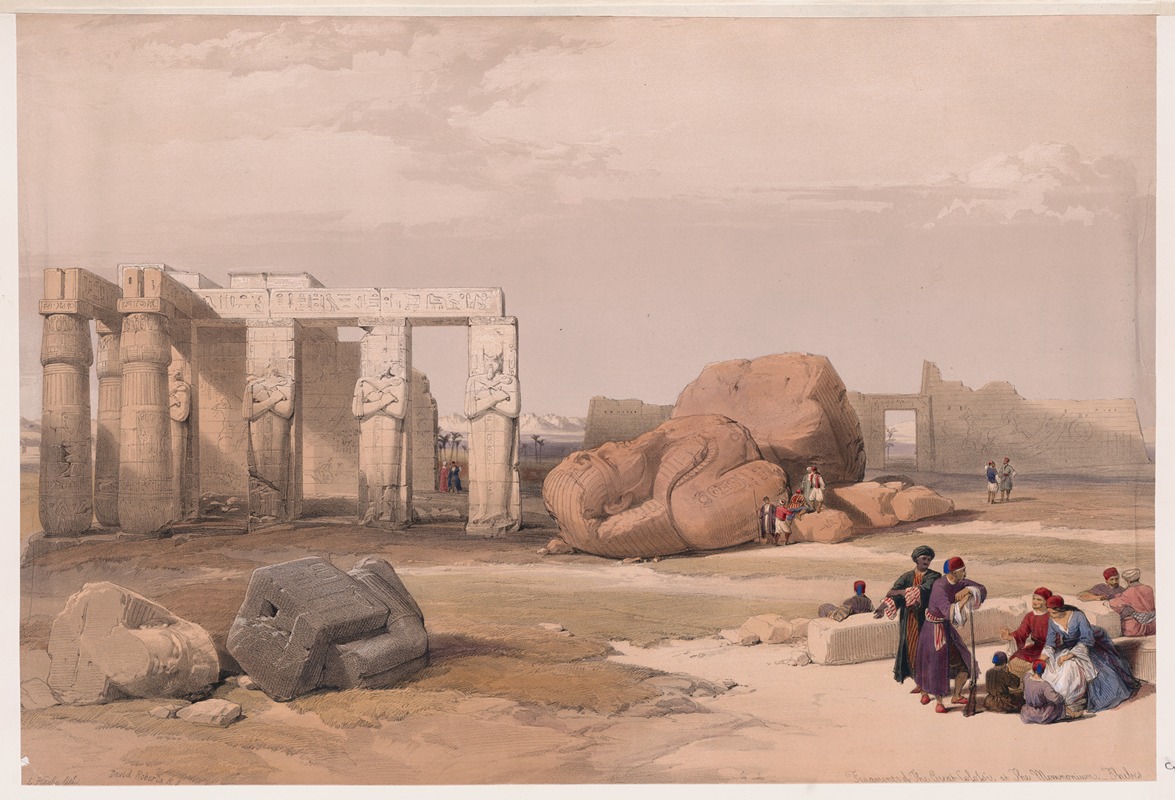
Fragment of the Great Colossi at the Memnonium, Thebes.
A hand-painted replica of David Roberts’s masterpiece Fragment of the Great Colossi at the Memnonium, Thebes., meticulously crafted by professional artists to capture the true essence of the original. Each piece is created with museum-quality canvas and rare mineral pigments, carefully painted by experienced artists with delicate brushstrokes and rich, layered colors to perfectly recreate the texture of the original artwork. Unlike machine-printed reproductions, this hand-painted version brings the painting to life, infused with the artist’s emotions and skill in every stroke. Whether for personal collection or home decoration, it instantly elevates the artistic atmosphere of any space.
"Fragment of the Great Colossi at the Memnonium, Thebes" is a painting by the renowned Scottish artist David Roberts, created in the 19th century. David Roberts is celebrated for his detailed and accurate depictions of architectural and archaeological sites, particularly those in the Middle East and North Africa. His works are considered significant for their historical value, providing a visual record of many sites that have since changed or deteriorated.
The painting depicts a scene from the Ramesseum, a mortuary temple of Pharaoh Ramesses II, located in the Theban necropolis in Upper Egypt, across the River Nile from the modern city of Luxor. The Ramesseum is often referred to as the Memnonium, a name derived from the Greek association with the legendary hero Memnon. The temple complex is famous for its giant statues and extensive ruins, which have fascinated travelers and historians for centuries.
In this particular work, Roberts captures the grandeur and scale of the colossal statues that once stood at the entrance of the Ramesseum. These statues were part of a larger set of monumental figures that represented Ramesses II, one of ancient Egypt's most powerful and celebrated pharaohs. The painting highlights the fragmented state of the colossi, reflecting the passage of time and the impact of natural and human forces on these ancient structures.
David Roberts visited Egypt as part of his extensive travels in the region from 1838 to 1839. During this journey, he produced numerous sketches and studies that would later serve as the basis for his paintings and lithographs. His works were published in a series of volumes titled "The Holy Land, Syria, Idumea, Arabia, Egypt, and Nubia," which were released between 1842 and 1849. These publications were highly influential, as they provided one of the first comprehensive visual records of these regions to a European audience.
Roberts' artistic style is characterized by meticulous attention to detail and a keen interest in the interplay of light and shadow. In "Fragment of the Great Colossi at the Memnonium, Thebes," he employs these techniques to convey the imposing presence of the statues and the serene yet majestic atmosphere of the site. The painting not only serves as a historical document but also as a testament to Roberts' skill in capturing the essence of the ancient world.
The significance of Roberts' work lies in its ability to transport viewers to a time and place that is both distant and captivating. His paintings continue to be appreciated for their artistic merit and their contribution to the understanding of 19th-century perceptions of the ancient world. "Fragment of the Great Colossi at the Memnonium, Thebes" remains an important piece within Roberts' oeuvre, exemplifying his dedication to documenting the architectural and cultural heritage of Egypt.





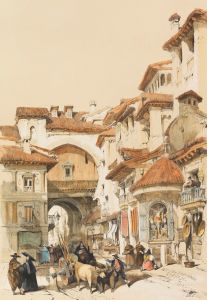
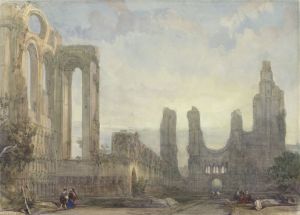
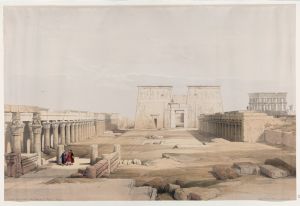
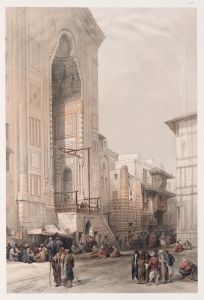
![Karnac [Karnak]. Nov. 27, 1838.](/imgs/217501/s/david-roberts-karnac-karnak-nov-27-1838-2ea4b2c4.jpg)
![Medinet Abou [Medinet Habu], Thebes. Dec. 5th, 1832.](/imgs/217510/s/david-roberts-medinet-abou-medinet-habu-thebes-dec-5th-1832-9c2109da.jpg)
